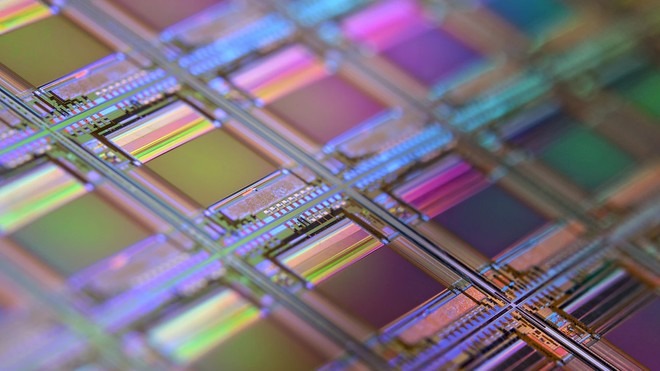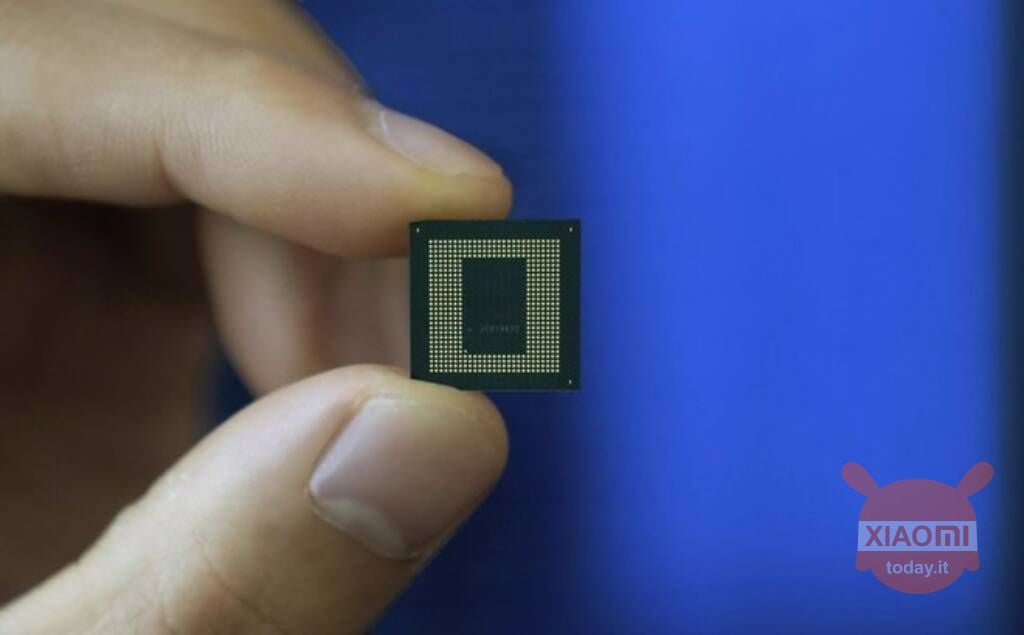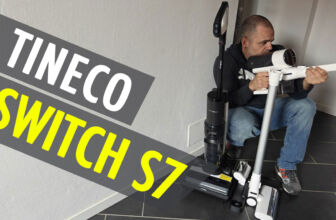
A long time ago we saw what are nanometers in a processor. In that article we introduced some concepts useful for understanding how the technology we use every day works. Today we continue to talk about microchips and specifically about chip manufacturing within the devices. According to latest news, starting from 2D materials, it seems that they can be produced transistors that improve performance of these chips. Let's see how.
The new method ensures better performance from atomically thin transistors. Chip manufacturing leaps forward by years!
Transistors are the building blocks of processors, memories, and other hardware components, so it's not uncommon for companies to seek innovations to produce ever more advanced and efficient parts. One promising technology analyzed by scientists is the chip manufacturing using “2D sheets” with the thickness of a single atom. Some materials, such as graphene, have a two-dimensional molecular structure which would allow the creation of a sort of "sheet" to produce tiny transistors, such that, in theory, they can increase performance and improve the efficiency of electrical conduction of hardware parts for mobile phones, tablets and more.
The nanometer (nm) is a unit of measurement for length. To get an idea of the size, 1 nm equals 0,000000001 meter. An infinitesimal measure that is impossible to see with the naked eye. In the specific case of processors, the nanometer refers to size of transistors that make up the hardware. There are billions of transistors within a specific CPU. Their main function is that of perform calculations using electrical signals.
Researchers have previously demonstrated that manufacturing transistors using two-dimensional materials is possible, but accomplishing the feat required several 'manual' adjustments in the hardware's tiny circuits, so the challenge was to apply this technology in industry for the production in mass some chips. With that, the new study published in the scientific journal Nature Nanotechnology specifies that it is possible to exploit existing technologies in the semiconductor foundry, in such a way as to allow processing incredibly thin materials for the production of large-scale processors.

Read also: Snapdragon 7+ Gen 2 is anything but a mid-range | Benchmarks
In the scientists' demonstration, a nanosheet is placed in layers on a metal surface and then processed to form transistors. The scientists involved in the experiment note that this it may not yet be an ideal technique, as the deposit of metallic components can damage the sheet and pose a risk of diffusion of atoms, causing a short circuit in the system.
To get around this, the team came up with a way to form the individual parts separately connection and then, under less complex conditions, merged the parts to the 2D sheet. Subsequently, the platform was installed in a standardized way on a solid substrate and coated with aluminum oxide. The circuits, after being coated with aluminum oxide, were placed on a silicon dioxide surface using a molybdenum disulfide nanosheet by chemical vapor deposition, resulting in a thin layer of semiconductor material.
The result
While fabrication has proven much more complex with 2D sheets, the researchers' experiments have shown that the technology can make the devices we use in our daily lives operate much more consistently and waste much less energy. Experts were able to produce working circuits over the entire area of a wafer by 2 inches. While the new method is still just a demo, expectations are high.
It is too early to say that molybdenum disulphide will be a silicon substitute among semiconductor materials in the near future, but the global microchip crisis has shown that it is essential to have different types of raw materials available to industry.








